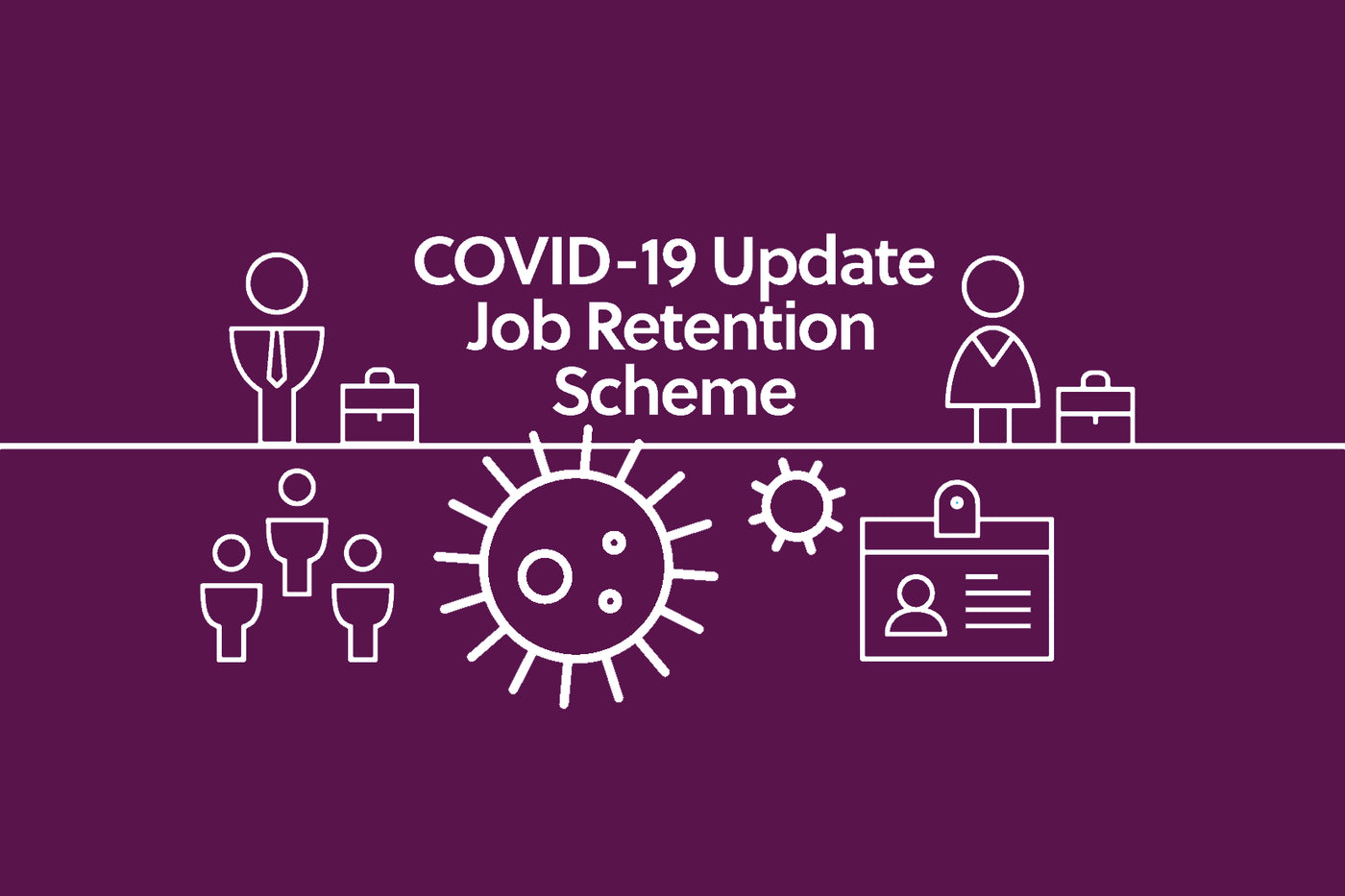
The Government issued yesterday, 15 April 2020, their Direction to HMRC regarding the Job Retention Scheme (“JRS”), which should be the definitive document setting out the rules of the Scheme. However, it is possible that further guidance or an amended Direction could be issued as the scheme develops and HMRC finds gaps or problems.
In summary, the JRS is the Government-backed scheme paying 80% of an employee’s salary, subject to a cap of £2,500 a month, for those employees who are unable to work and would otherwise be laid off as a result of the Covid-19 crisis.
Our previous notice regarding the introduction of the scheme and thereafter HMRC’s initial guidance can be found on our dedicated Covid-19 website page
Jim Harra, Head of HMRC during an interview with Radio 4 yesterday, confirmed that HMRC would have the online claim system ready for employers to make claims under the scheme by 20 April, as disclosed the week before when giving evidence at a virtual Treasury Committee hearing. In the interview, Mr Harra stated that payments under the scheme will be made to employers within four to six days of the claim being submitted, which means employers should have funds in place before the end of April to meet the April payroll run. He advised that the system had been tested earlier this week, with a couple of employers and had worked successfully.
Employers who operate their own payrolls, or their accountants and payroll bureau are now awaiting instructions on how to access the system and confirmation of what information is required to make the claim. At the moment we know that, as a minimum, the following information will be required:
- bank account number and sort code of the account you would like the grant paid into;
- name and telephone number of a contact to answer any queries;
- The Unique Tax Reference number (UTR) of your company or your Self-Assessment UTR if you are a Sole Trader or Partnership;
- The name, employee number and National Insurance number for each of your furloughed employees;
- The total amount you are claiming.
Our advice in respect of the system going live is to have patience, the system has been built in less than a month (the first phase of making tax digital took two years!) and all employers eligible for the scheme and desperate for the cash will be jumping on the system. So, although we hope not, there are likely to be teething issues. In addition to which, HMRC have the same staffing issues with employees working from home, self-isolation, shielding and caring for loved ones.
We have summarised below the highlights of what have been clarified or changed from previous guidance. There is also a link to the Government’s Direction, which is a simple three-page document.
Who is eligible?
The biggest change is that those who were on payroll from 19 March 2020 onwards (as opposed to the original proposed date of 28 February 2020) are eligible for furlough. Being “on payroll” means that they are registered on HMRC’s real time information system for PAYE.
Just as it was possible to back date claims for furlough to 1 March 2020 where employees had been sent home without work, it will be possible to back date claims for employees who started on or after 19 March 2020, provided they have also been sent home without work. It is estimated that this change will benefit 200,000 more employees, who were outside the scheme and were having to approach former employers.
Agreement to be furloughed
Whereas the guidance referred to written notification of furlough which must be kept for 5 years, the Direction states that the employer and employee must have agreed in writing that the employee will cease all work.
We have always advised that there must be an agreement, and this needs to be documented, the best way being via a letter of notification, which the employee signs to confirm acceptance. If you have not sought agreement from employees for them to be furloughed, but simply given them written notification of furlough, for example just sent an email, you should as a matter of urgency require their written consent.
We have stressed in our previous updates, the importance of having a selection process where not all employees are being furloughed, documenting that process and having an agreement with each employee who is furloughed which is confirmed in a letter signed by both the employer and the employee to prevent HMRC challenges in the future and also prevent discrimination/employment law claims. In addition to the employment side, employers should have an assessment showing the impact of coronavirus on the business and how this justifies the furloughing of staff and clear calculations backing up the amount being claimed under the JRS.
In our view it is vital for employers to ensure that they correctly document and evidence claims made under the JRS to avoid any future audit challenges from HMRC who will have a five-year window via tax enquiries and reviews.
What can be claimed?
The guidance had previously made clear that discretionary payments, such as discretionary bonuses or tips are not included. This is confirmed by the Direction, which states that when calculating what is claimed, employers must only take account of an employee’s “regular salary or wages”.
Directors
It remains the case that directors can be furloughed and can perform their statutory duties. The Direction defines those duties very narrowly as being either carrying out a legal duty in relation to the filing of company accounts, or providing information in connection with the administration of the company, not providing services or generating any revenue. To us this means that, checking the bank account, sorting payments out under the JRS and signing off accounts would be acceptable, but carrying out any wider duties, such as contacting a client, marketing activities etcetera would not.
The process and supporting documentation of furloughing a director, should be no different from that of a normal employee, although the decision to furlough, should be documented in a set of board minutes with supporting reasons.
Further advice on the directors’ furlough can be found on our website
We believe this will be an area that HMRC will heavily “police,” as they will find it difficult to believe that a director, who is also an owner/manager of a business will not be able or willing not to do any work, outside of their legal duties.
Holidays while on furlough
Unfortunately, the Direction does not mention holiday, meaning the position is no clearer. Therefore, there is a risk that holiday may break the 3-week furlough period, so it is best avoided, but it is accepted others have a different view.
End of the Scheme
When the Scheme was announced, the Government said that it would run from 1 March to 31 May 2020. It is possible that it may be extended but the Direction confirms that, currently, this is the duration of the Scheme. It is noted that some employers are lobbying to get the scheme extended since they are not going to be able to return all employees to work immediately after lockdown, as they believe it will be at a slower pace.
The Direction to HMRC can be read at HERE



